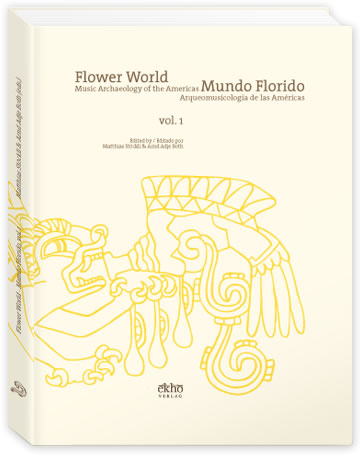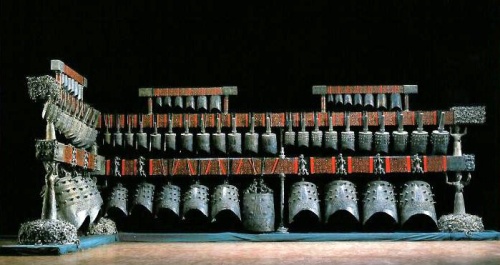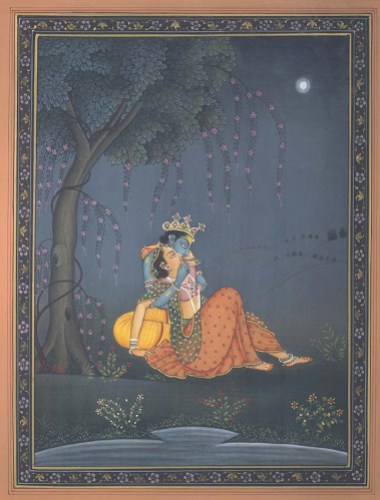The early 21st century witnessed a surge of interest in comics and cinema regarding Classical antiquity, inspiring new studies in Classical reception. Heavy metal has also drawn on historical and mythological Classical material for subject matter, but this genre has received little attention from academics.
Classical reception in heavy metal illustrates an independent engagement with antiquity by the world outside academia, illuminating ways for scholars and students to better understand the impact of the field on contemporary media. Since the late 1970s Classical works, themes, and characters of Greek and Roman antiquity have inspired the lyrical, musical, and visual content of a number of heavy metal groups, with topics including works by Homer and Aeschylus, the founding of Rome, and the rise of the Principate.
This according to “Heavy metal music and the appropriation of Greece and Rome” by Osman Umurhan (Syllecta classica XXIII [2012] pp. 127–52).
Above and below, Ex Deo, one of the groups discussed in the article.













